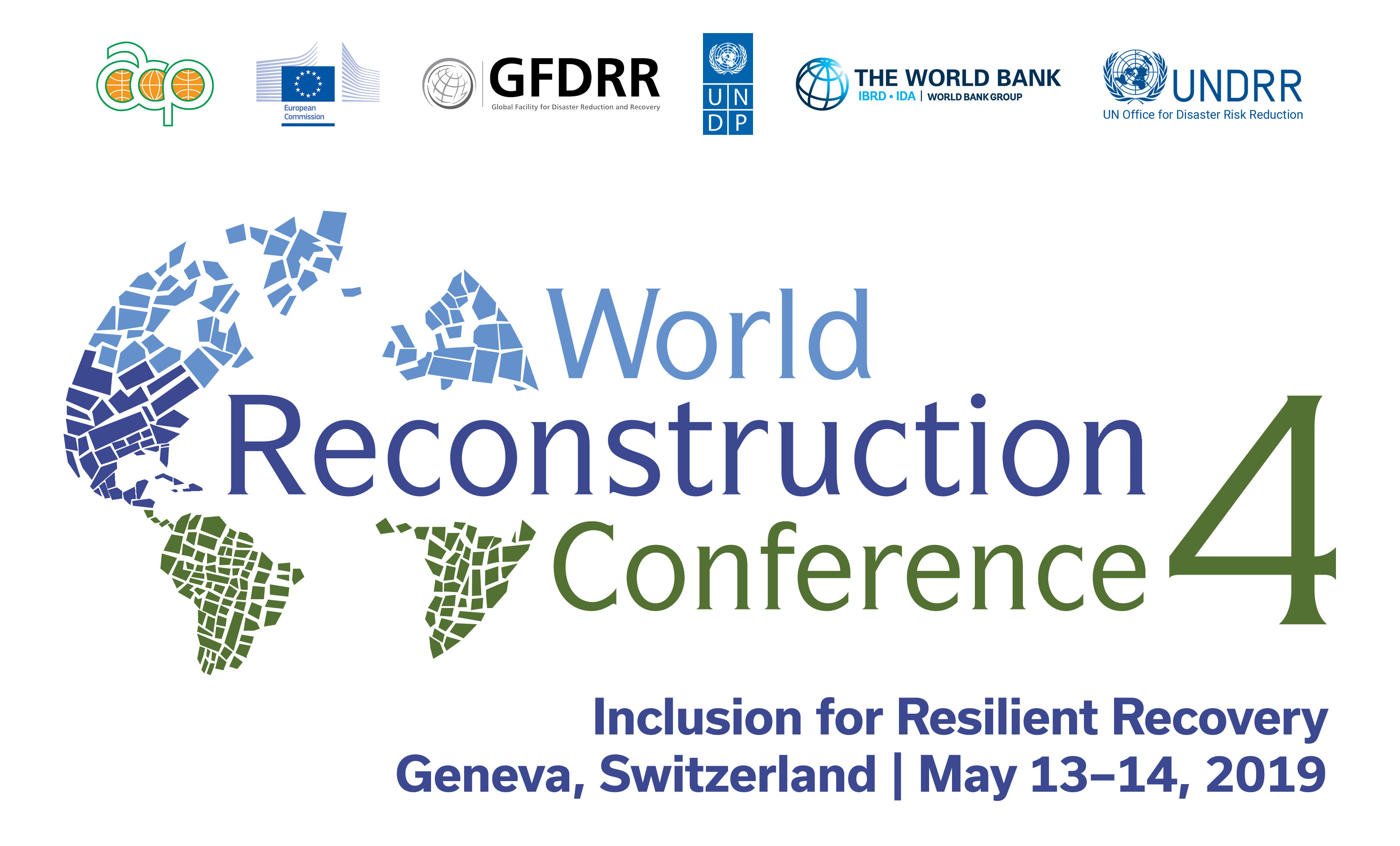Session Summary
Recovery from a disaster is a multi-faceted, complex and deeply challenging undertaking for country and community, family and individual, and often forces suboptimal choices that would not otherwise have been made. For the most vulnerable, recovery is even more of an issue: firstly, the most vulnerable families are more likely to be affected by disaster, often due to fringe-of-habitat living locations; secondly, they are more likely to be affected deeply because their housing, employment and infrastructure are likely to be particularly fragile; and lastly, these families are more likely to face an uphill battle for recovery as they are often outside the usual ecosystem of social welfare, banking, and the broader financial services.
Risk financing can be a key tool in tackling the complex issue of recovery, especially in the case of vulnerable groups such as women, the elderly, displaced communities, and people with disabilities - not just looking to ensure that recovery is swift, but also to build long-term resilience. And the route to delivering on that resilience, especially for the vulnerable, is to provide access to micro and inclusive insurance, because it not only provides for coverage of key areas of life and living, but can increasingly be used to connect the financially excluded to the critical world of finances, credit, pensions and more.
The issue at hand, however, is not just one of providing insurance coverage to the most vulnerable, perhaps through a subsidy provision. There are many interlocking challenges. On the demand side a lack of experience of insurance and a lack of trust will compound issues of cost and moral hazard. On the supply side, an inadequate regulatory environment is often compounded by the limited size of the available market. In addition, the conditions and institutions under which insurers can develop and provide products in a sustainable manner are yet to be established in developing countries.
An exclusive session examined opportunities to increase insurance coverage for the most vulnerable in the most vulnerable countries. The bouquet of services and the current and potential mechanisms that are required for financing risk in the context of recovery which will enable the impacted vulnerable household to bounce back and be productive in an efficient manner were explored. The need for dynamic coordination between governments and the international community as well as the public and private sectors was stressed.
In addition to the direct and indirect value it may provide to clients, microinsurance often has significant social value, in the form of market or economic development, as families and communities are increasingly connected with more beneficial financial products and services. Studies have demonstrated a causal link between the development of the insurance industry in general and overall national economic development. By mobilizing savings, insurers tend to be an important source of long-term investment capital for initiatives such as infrastructural improvements and can stimulate the development of debt and equity markets.
Country examples of Uganda and Kenya highlighted insurance programs these governments are undertaking to prevent losses from primary drought. These programs, supplemented by other disaster risk management initiatives, act as effective tools to assist in long-term recovery. The government’s role extends beyond provision of subsidies to include facilitating the private sector in playing a complementary role. The session identified three major challenges: access to data, scalability, and sustainability. Critical to overcoming these challenges is the need to increase integration of recovery financing tools and options into broader development planning and implementation as well as to create a framework to generate awareness at not just the individual beneficiary level but also across government agencies and channels.

